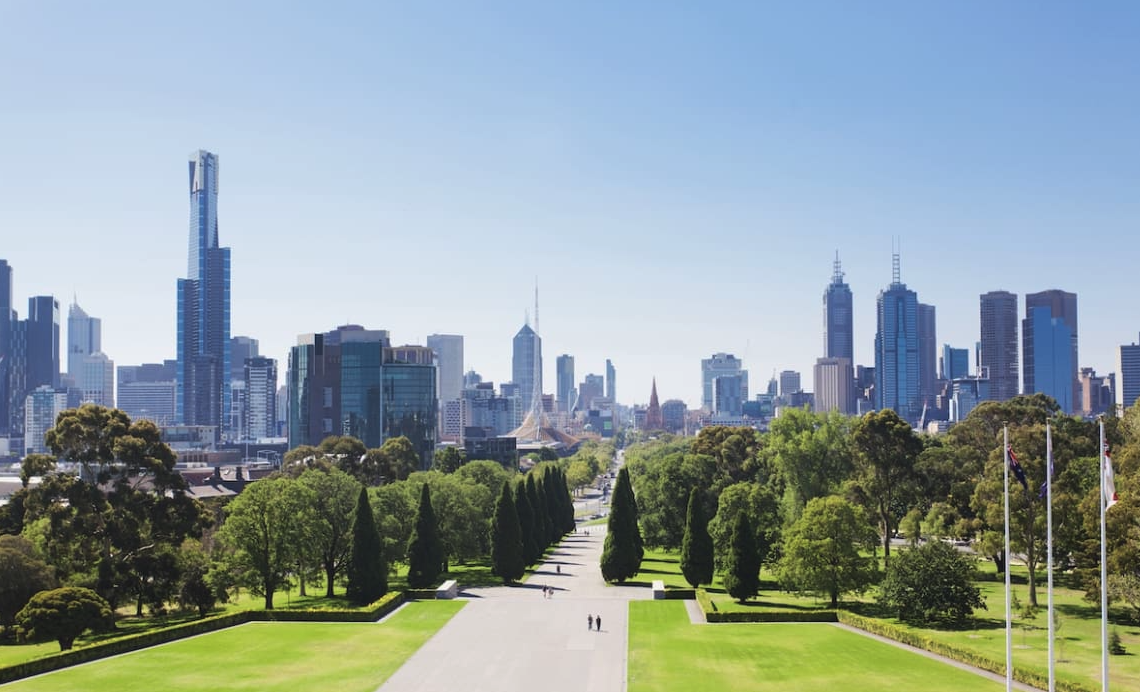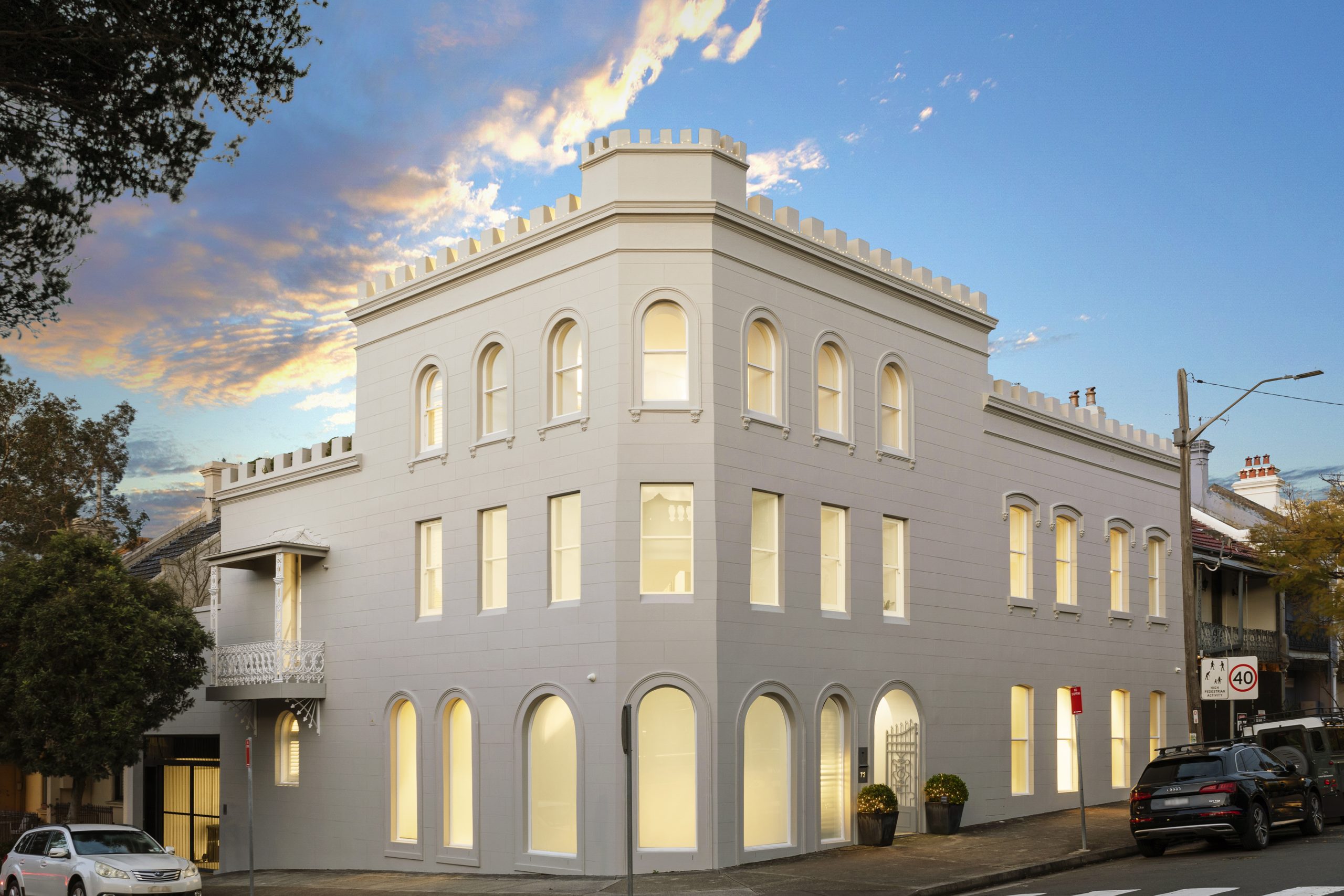CEO of Saudi Arabia’s Futuristic City Project Leaves Abruptly
Longtime CEO Nadhmi al-Nasr left Neom, Saudi Arabia’s marquee development, which has been plagued by delays, cost overruns and staff turnover
The chief executive of Saudi Arabia’s futuristic planned city Neom abruptly left his role, a major shake-up at the world’s biggest construction project.
Nadhmi al-Nasr, a hard-charging executive who had been chief executive of the kingdom’s marquee development project since 2018, departed in recent days, according to people familiar with the decision and an internal Neom email announcing the change.
The specific reasons for Nasr’s departure couldn’t be learned, but it amounts to a major reshuffling atop Neom, a priority of Saudi Crown Prince Mohammed bin Salman that calls for an arid mountain ski resort, a floating business district and two 106-mile-long skyscrapers taller than the Empire State Building.
Delays, cost overruns and staff turnover have plagued the project. Saudi officials have come to realise they don’t have the money to fund all of the giant projects in the country they once planned, Saudi officials have said.
Executives from the country’s sovereign-wealth fund, the Public Investment Fund — which oversees Neom—are coming in to wield control over the project, the people familiar with the decision said.
Aiman al-Mudaifer , a Public Investment Fund real-estate executive, was named acting CEO, according to an email sent Tuesday to employees from the Neom board. It called the move “a strategic decision of the Board and a natural evolution.”
Nasr didn’t respond to a request for comment.
The crown prince has pushed Neom, a region the size of Massachusetts, as a symbol of the country’s ambitious economic and social transformation.
He envisioned the project as both a sprawling real-estate development and a home for industries that could drive growth and diversify Saudi Arabia’s economy away from dependence on oil. But Neom’s urban planners have struggled to translate the ideas into reality.
Neom has also faced cultural challenges. In recent months, two other top executives at the project have left: Wayne Borg , who ran the project’s media division, and Antoni Vives , who helped lead development of the Line, according to several people familiar with the departures. Both were the subject of a Wall Street Journal article in September that highlighted the checkered pasts and inappropriate workplace behaviour of some Neom executives.
Borg and Vives didn’t respond to requests for comment.
The departure of senior executives could signal a shift in focus by Saudi officials from Neom to other investments across the country. When Neom was announced in 2017, Saudi officials viewed the project as a way to initiate change in the once-conservative Islamic kingdom without moving too quickly in the biggest cities, Riyadh and Jeddah.
Since then, Prince Mohammed’s moves to liberalise his economy have rapidly changed the kingdom as a whole, with a huge increase in women joining the labor force and an influx of foreign investors setting up offices in the capital. Some Neom employees now argue that there is little need for a separate part of the country with its own laws and regulations.
Neom employees also have grappled with turning eye-catching architectural ideas into viable business models.
The Line, the planned pair of skyscrapers marked by a shimmering mirror exterior, has proved particularly challenging. In the past three years the first phase of the project has been repeatedly downsized, from 10 miles to the current plan for 1.5 miles—in what would still be by far the world’s largest building. Foreign investors—once billed as key to the project—have yet to materialise despite numerous attempts to attract outside cash.
Around 100,000 workers live in a pop-up city in Neom, where excavation teams have dug the footprint of the Line and a set of train tracks meant to run beneath it, leaving a more than 60-mile-long gash in the desert.
Nasr came to the job as an accomplished builder. In the 1990s, he expanded a massive oil field for Saudi oil company Aramco, then led construction of a university complex on the edge of the Red Sea in the 2000s.
The challenge of Neom was far greater. When it was announced in 2017, the crown prince wanted the barren piece of desert turned into a shimmering city of one million by 2030, and ultimately nine million people. He put the price tag at $500 billion.
Former executives say the full cost of the Line alone would be well over $2 trillion, far more than the country has to spend on a development.
After Nasr took the reins in 2018, he pushed staff hard. Former employees described his management style as highly aggressive and abrasive, as he frequently yelled and belittled staff in meetings. “I drive everybody like a slave,” Nasr said in one meeting, the Journal previously reported.
Saudi officials have said the country is delaying some projects and canceling others, although it didn’t announce details. The country’s Public Investment Fund has about $1 trillion in assets, but most of that is tied up in investments that would be difficult to unload quickly , including 16% of Aramco, a Saudi telecom company and numerous stakes in private-equity funds.
 Copyright 2020, Dow Jones & Company, Inc. All Rights Reserved Worldwide. LEARN MORE
Copyright 2020, Dow Jones & Company, Inc. All Rights Reserved Worldwide. LEARN MORE
Records keep falling in 2025 as harbourfront, beachfront and blue-chip estates crowd the top of the market.
A divide has opened in the tech job market between those with artificial-intelligence skills and everyone else.
The 2026 McGrath Report warns that without urgent reforms to planning, infrastructure and construction, housing affordability will continue to slip beyond reach for most Australians.
Australia’s housing market has reached a critical juncture, with home ownership and rental affordability deteriorating to their worst levels in decades, according to the McGrath Report 2026.
The annual analysis from real estate entrepreneur John McGrath paints a sobering picture of a nation where even the “lucky country” has run out of luck — or at least, out of homes.
New borrowers are now spending half their household income servicing loans, while renters are devoting one-third of their earnings to rent.
The time needed to save a 20 per cent deposit has stretched beyond ten years, and the home price-to-income ratio has climbed to eight times. “These aren’t just statistics,” McGrath writes. “They represent real people and real pain.”
McGrath argues that the root cause of Australia’s housing crisis is not a shortage of land, but a shortage of accessibility and deliverable stock.
“Over half our population has squeezed into just three cities, creating price pressure and rising density in Sydney, Melbourne and Brisbane while vast developable land sits disconnected from essential infrastructure,” he says.
The report identifies three faltering pillars — supply, affordability and construction viability — as the drivers of instability in the current market.
Developers across the country, McGrath notes, are “unable to make the numbers work” due to labour shortages and soaring construction costs.
In many trades, shortages have doubled or tripled, and build costs have surged by more than 30 per cent, stalling thousands of projects.
Need for systemic reform
McGrath’s prescription is clear: the only real solution lies in increasing supply through systemic reform. “We need to streamline development processes, reduce approval timeframes and provide better infrastructure to free up the options and provide more choice for everyone on where they live,” he says.
The 2026 edition of the report also points to promising trends in policy and innovation. Across several states, governments are prioritising higher-density development near transport hubs and repurposing government-owned land with existing infrastructure.
Build-to-rent models are expanding, and planning reforms are gaining traction. McGrath notes that while these steps are encouraging, they must be accelerated and supported by new construction methods if Australia is to meet demand.
One of the report’s key opportunities lies in prefabrication and modular design. “Prefabricated homes can be completed in 10–12 weeks compared to 18 months for a traditional house, saving time and money for everyone involved,” McGrath says.
The report suggests that modular and 3D-printed housing could play a significant role in addressing shortages while setting a new global benchmark for speed, cost and quality in residential construction.
Intelligent homes
In a section titled Weathering the Future: The Power of Smart Design, the report emphasises that sustainable and intelligent home design is no longer aspirational but essential.
It highlights new technologies that reduce energy use, improve thermal efficiency, and make homes more resilient to climate risks.
“There’s no reason why Australia shouldn’t be a world leader in innovative design and construction — and many reasons why we should be,” McGrath writes.
Despite the challenges, the tone of the 2026 McGrath Report is one of cautious optimism. Demand is expected to stabilise at around 175,000 households per year from 2026, and construction cost growth is finally slowing. Governments are also showing a greater willingness to reform outdated planning frameworks.
McGrath concludes that the path forward requires bold decisions and collaboration between all levels of government and industry.
“Australia has the land, demand and capability,” he says. “What we need now is the will to implement supply-focused solutions that address root causes rather than symptoms.”
“Only then,” he adds, “can we turn the dream of home ownership back into something more than a dream.”
Australia’s market is on the move again, and not always where you’d expect. We’ve found the surprise suburbs where prices are climbing fastest.
A 30-metre masterpiece unveiled in Monaco brings Lamborghini’s supercar drama to the high seas, powered by 7,600 horsepower and unmistakable Italian design.
























